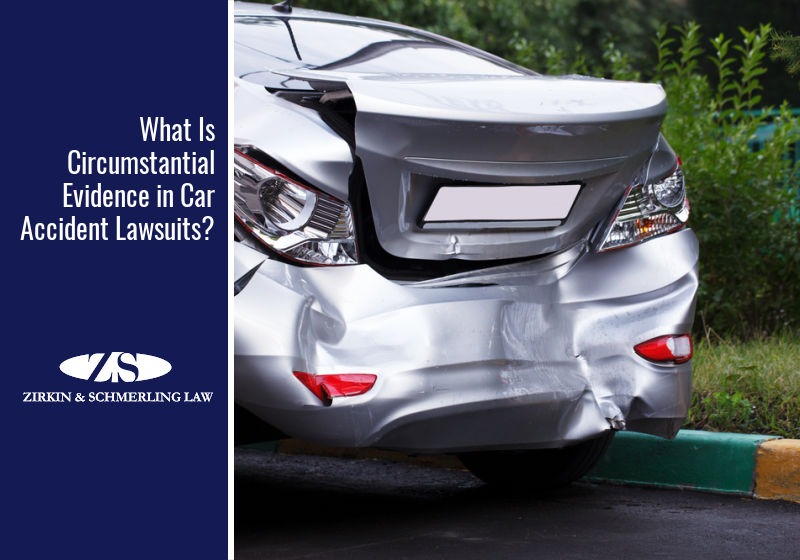
During car accident cases, evidence must be established that the defendant violated a duty of care. This can be accomplished through a variety of ways, such as showing that the driver was intoxicated, distracted, or was otherwise negligent.
Establishing negligence, however, relies on a plaintiff presenting direct or circumstantial evidence to prove their claim. It’s important to understand the differences between direct and circumstantial evidence and how circumstantial evidence can be used to support a case and lawsuit.
Both direct and circumstantial evidence can be important components of car accident lawsuits in Maryland. If you’ve been involved in a car accident, it’s important to understand these terms and how they can apply to your case.
Direct evidence and circumstantial evidence
Direct evidence is evidence that tends to prove the conclusion that is being asserted without the need for a factfinder or other party to make an inference. Let’s say, for example, that a car runs a red light and then crashes into another car. After a witness observes this event, the witness’ testimony that the car did in fact run a red light and crash into another car would be considered direct evidence.
As its name implies, direct evidence provides glaring and direct proof. Direct evidence involves seeing or observing something directly and then reporting it as precisely as possible. It doesn’t require any reasoning to be considered as valid.
What is circumstantial evidence? Circumstantial evidence requires making an inference before a conclusion can be reached. Circumstantial evidence is also called indirect evidence because it’s the kind of evidence that draws inferences from the circumstances at hand in order to make a conclusion. Whereas direct evidence provides clear and direct proof, circumstantial evidence connects the dots in order to come to a conclusion.
Examples of circumstantial evidence
What is circumstantial evidence and what does it look like? Here’s one example of circumstantial evidence in an auto accident case. In a hypothetical hit-and-run accident, imagine that a car hits yours and then takes off, but not before you could obtain the car’s license plate number. The driver is later identified but denies being there when the accident occurred or hitting your vehicle, and there were no witnesses around to provide testimony.
In such an instance, circumstantial evidence could help to prove your case. If the other driver’s car was damaged and the damage matches the type of damage on your vehicle, that could provide circumstantial evidence. GPS information placing the driver’s car at the accident scene could also provide evidence.
Without direct evidence circumstantial evidence can help support your case. Since circumstantial evidence helps to prove certain points, courts allow it, and it is possible to win some cases using circumstantial evidence only.
Probative value, objectiveness, and subjectiveness
The probative value of evidence refers to how sufficient the evidence is in proving a fact. Direct evidence, then, typically has greater probative value than circumstantial evidence. Direct evidence doesn’t have to be inferred or supported in order to stand. Circumstantial evidence, on the other hand, can still have high probative value, but it more so attempts to describe what happened compared to directly pointing to and describing events.
Direct evidence is considered objective, meaning it either proves or debunks a fact. Circumstantial evidence is considered subjective since, if more convincing evidence emerges, it can be discredited.
Zirkin and Schmerling Law: Supporting you
Car crashes are traumatic events for accident victims and for their families. You’ll want a Maryland car accident attorney team that can take the time to understand your case and provide the support and resolve needed to navigate a car accident claim and get you fair compensation. We’ve recovered millions for our clients, and we’d be glad to help you.
The attorneys at Zirkin and Schmerling are here to help. We’ll answer questions and guide you through your car accident case. Contact us or call us at 410-356-4455 today.
